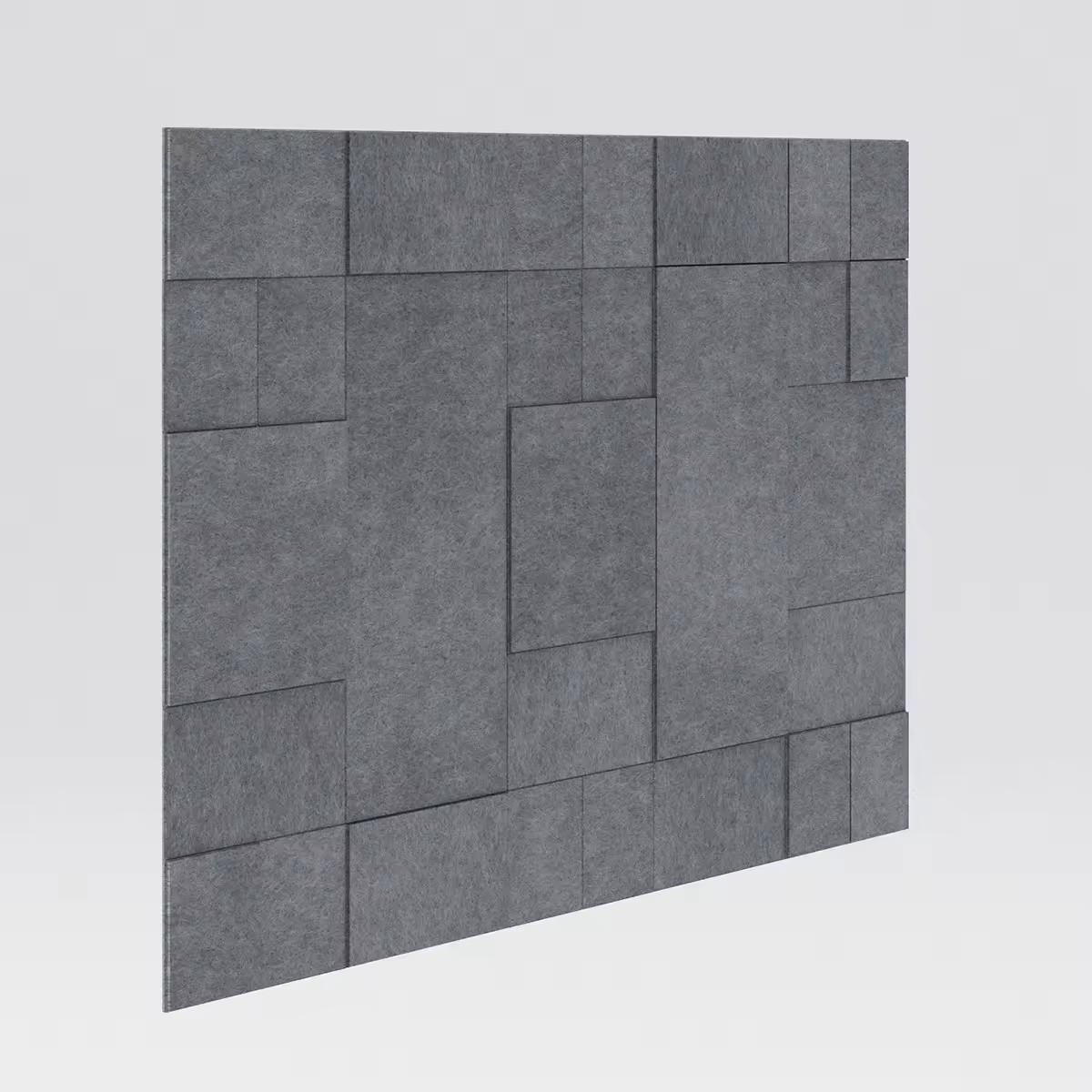The Benefits and Versatility of Acoustic Felt
Acoustic felt, a material engineered specifically to address sound absorption and noise reduction, has become increasingly popular in various applications. Its unique properties make it an essential choice not only in commercial settings but also in residential and artistic environments. This article explores the benefits and versatility of acoustic felt, highlighting its practical uses and aesthetic potential.
Firstly, the primary characteristic of acoustic felt is its ability to absorb sound. Made from synthetic fibers or natural materials, acoustic felt features a dense, fibrous structure that traps sound waves, thereby reducing reverberation and echo. This property is particularly beneficial in spaces where clear communication and sound quality are vital, such as offices, recording studios, and theaters. By installing acoustic felt panels or tiles, these environments can achieve improved auditory comfort, enhancing the overall experience for users.
Moreover, acoustic felt is an environmentally friendly option, especially when produced from recycled materials. Many manufacturers prioritize sustainability by using post-consumer waste in their production processes, which helps reduce the carbon footprint and promotes a circular economy. This eco-conscious approach resonates with consumers who are increasingly looking to make environmentally responsible choices in their design and renovation projects.
In addition to its sound-absorbing capabilities, acoustic felt is also highly versatile in design
. It can be customized in various colors, textures, and shapes, making it an attractive addition to any space. Designers and architects often leverage its aesthetic potential to create visually stunning installations that blend functionality with style. Whether it’s used in decorative wall panels, room dividers, or ceiling tiles, acoustic felt can enhance the ambiance of a room while serving its primary purpose of sound control.acoustic felt

Another significant advantage of acoustic felt is its ease of installation. Most acoustic felt products come with user-friendly mounting options, allowing for straightforward application on walls and ceilings. This accessibility makes it an ideal choice for both contractors and DIY enthusiasts. Furthermore, maintaining acoustic felt is generally simple; regular dusting or vacuuming keeps it looking fresh and clean without the need for harsh chemicals.
In commercial applications, the use of acoustic felt can lead to increased productivity and employee satisfaction. Open-plan offices, which are often plagued by noise distractions, can benefit from acoustic treatments that create quieter work environments. Studies have shown that reduced noise levels can lead to enhanced focus and collaboration among employees, ultimately boosting overall morale and productivity in the workplace.
Aside from its commercial uses, acoustic felt is also finding its way into homes and creative spaces. Musicians and artists appreciate acoustic felt for its sound-dampening qualities, which can be especially valuable in home studios or rehearsal spaces. By controlling sound reflections and minimizing outside noise, artists can work more effectively and produce higher-quality recordings.
In conclusion, acoustic felt is a multifunctional material that couples sound absorption with design versatility. Its eco-friendly nature, ease of installation, and aesthetic options make it a preferred choice for enhancing both acoustics and interiors in a variety of settings. As noise pollution continues to be a concern in our increasingly busy world, the demand for innovative solutions like acoustic felt will likely continue to grow, offering both functional and stylish ways to create harmonious living and working environments.
